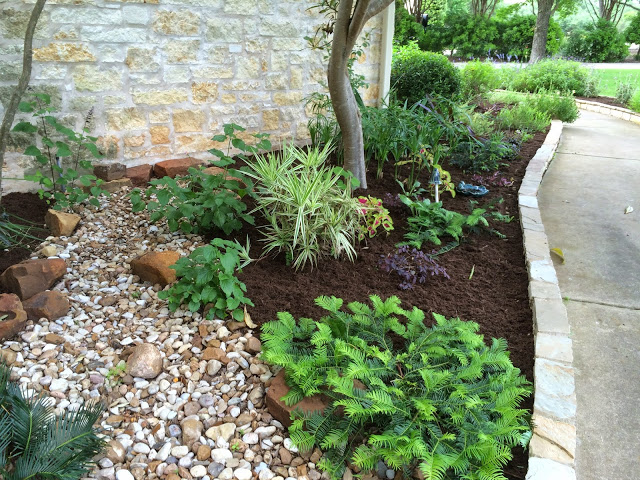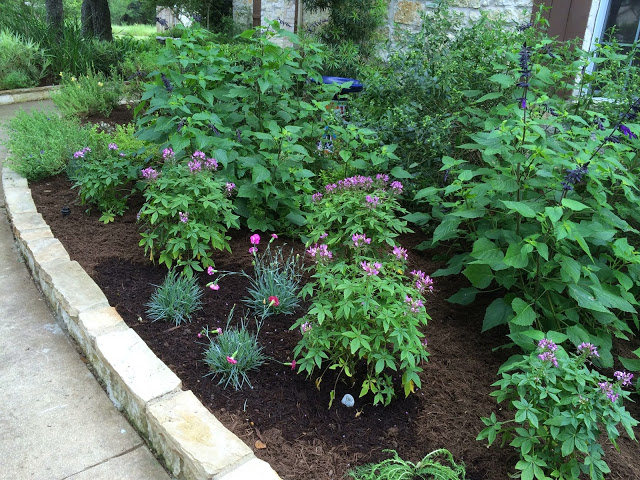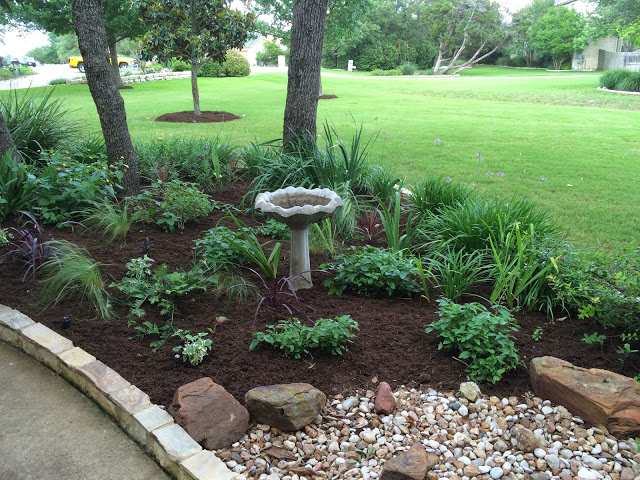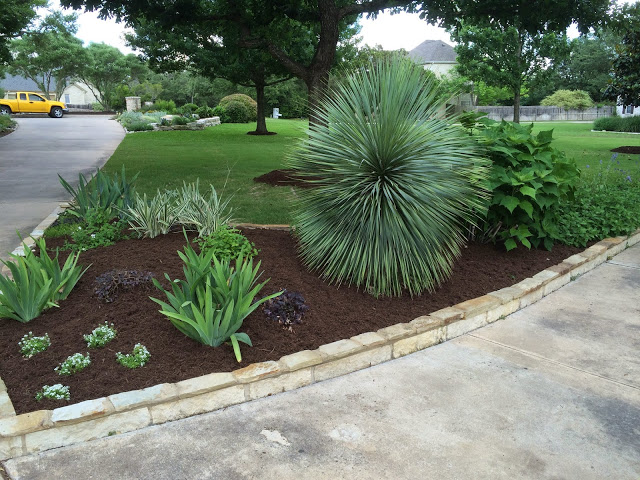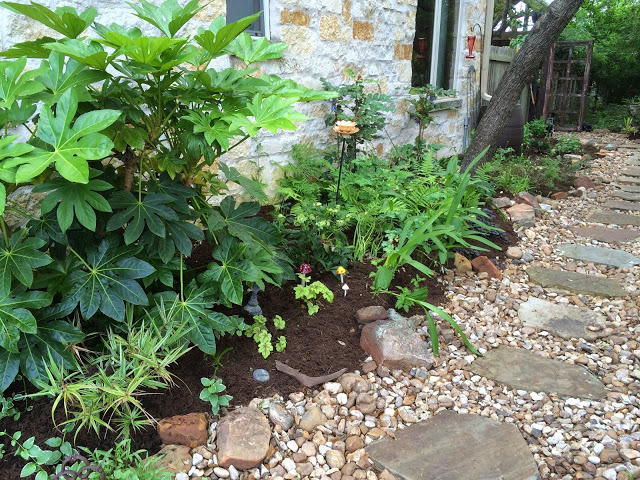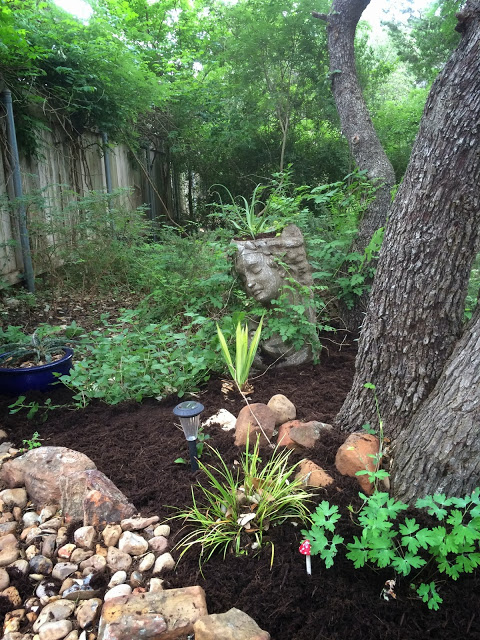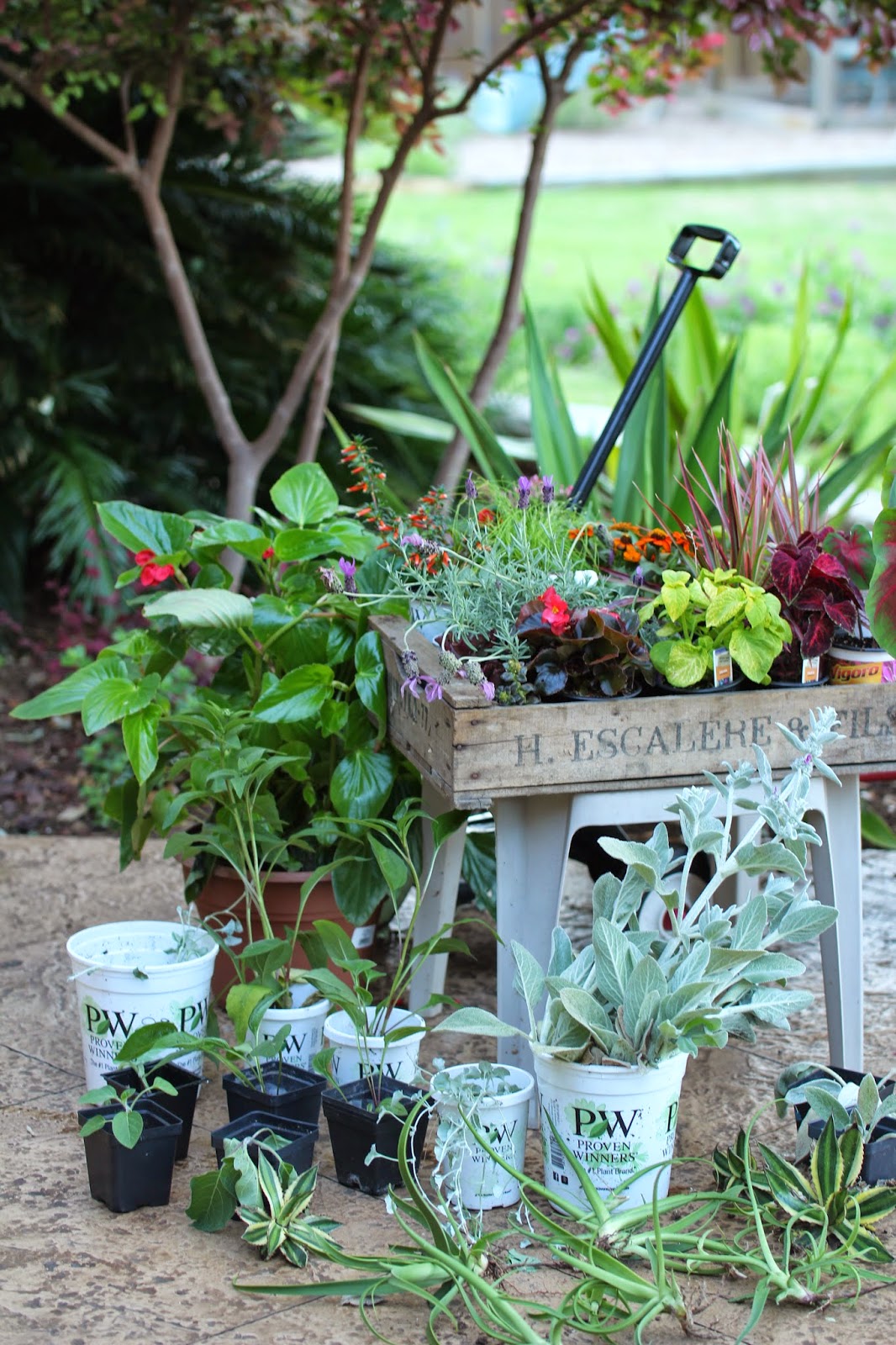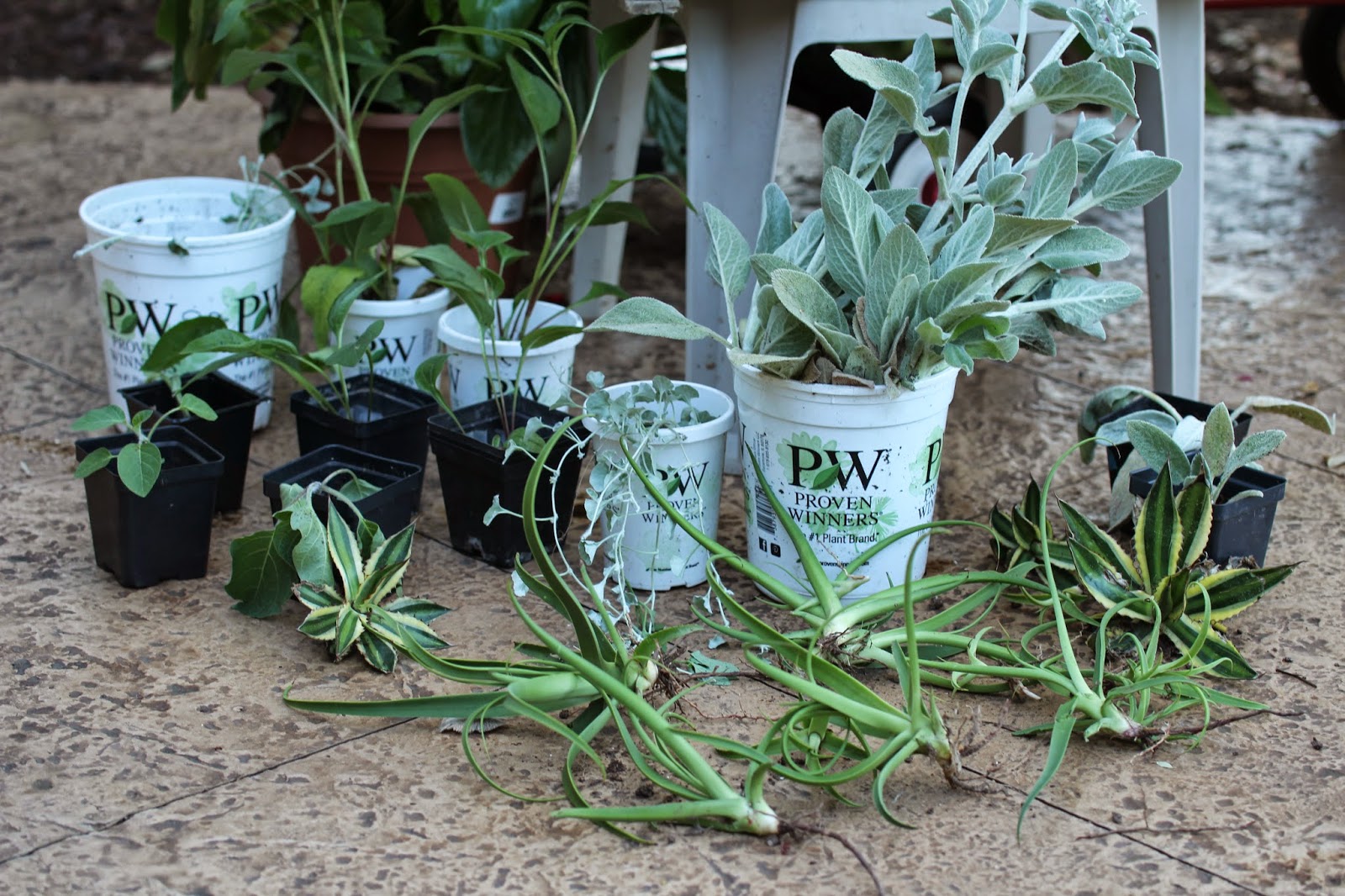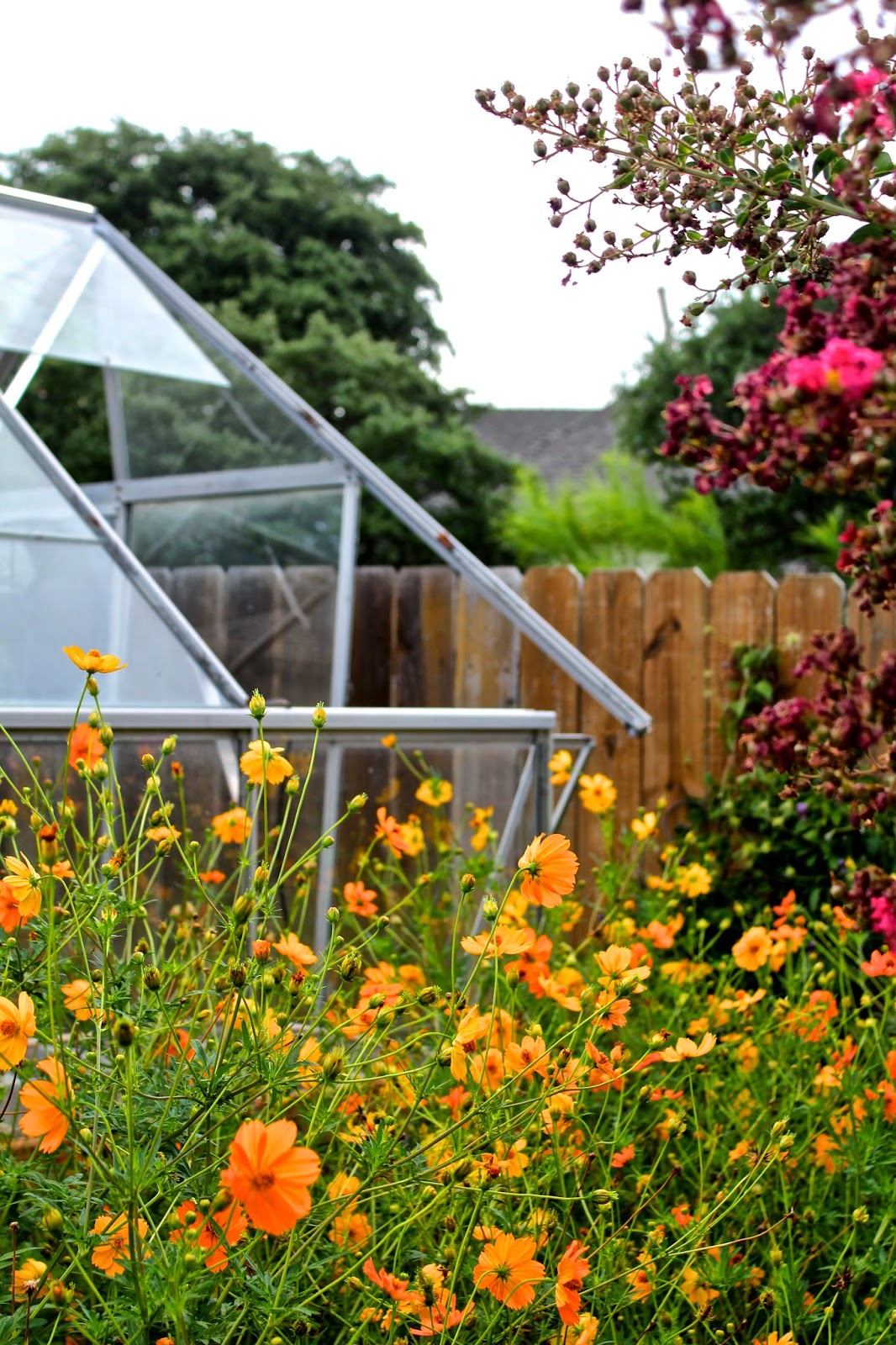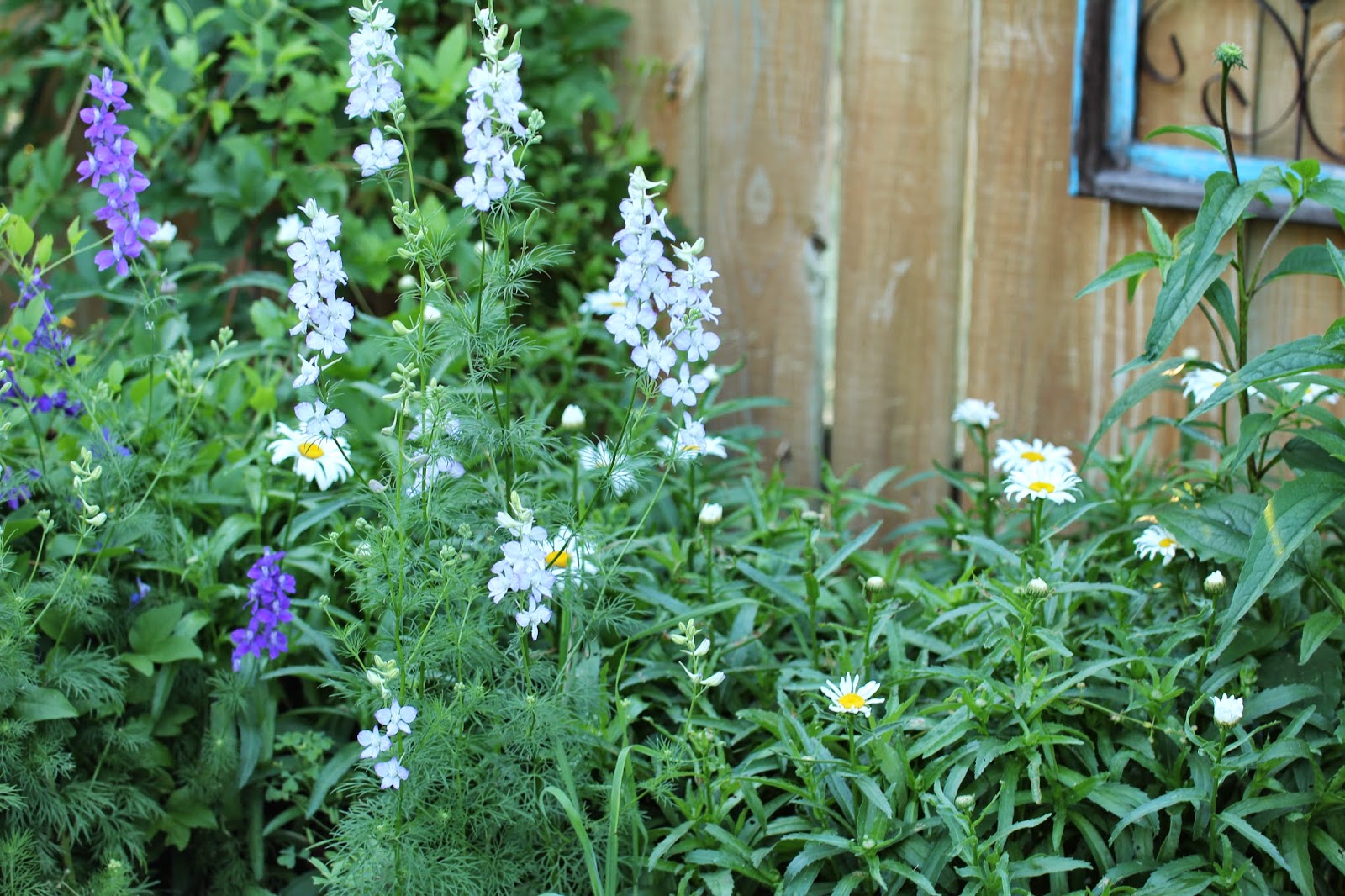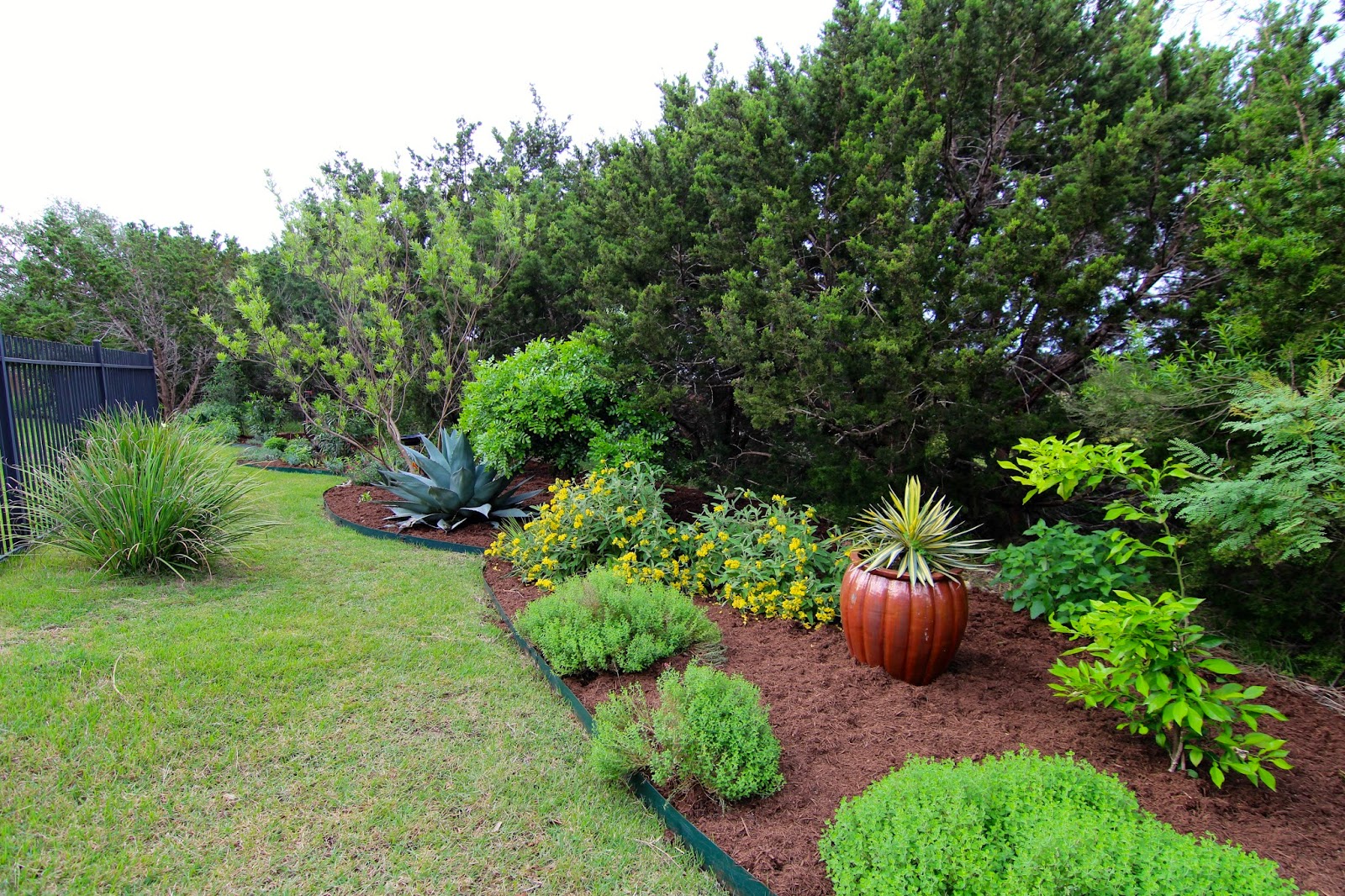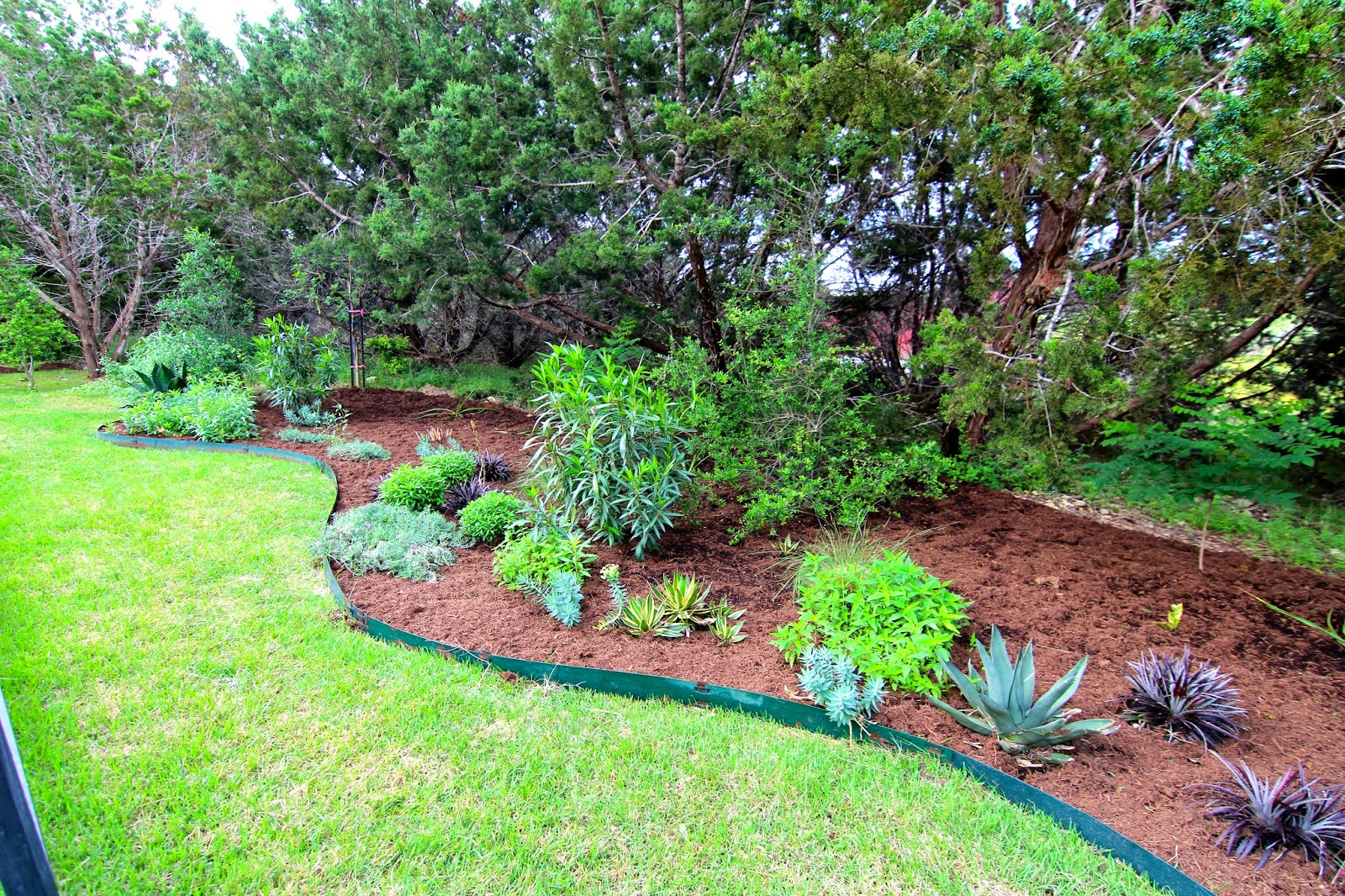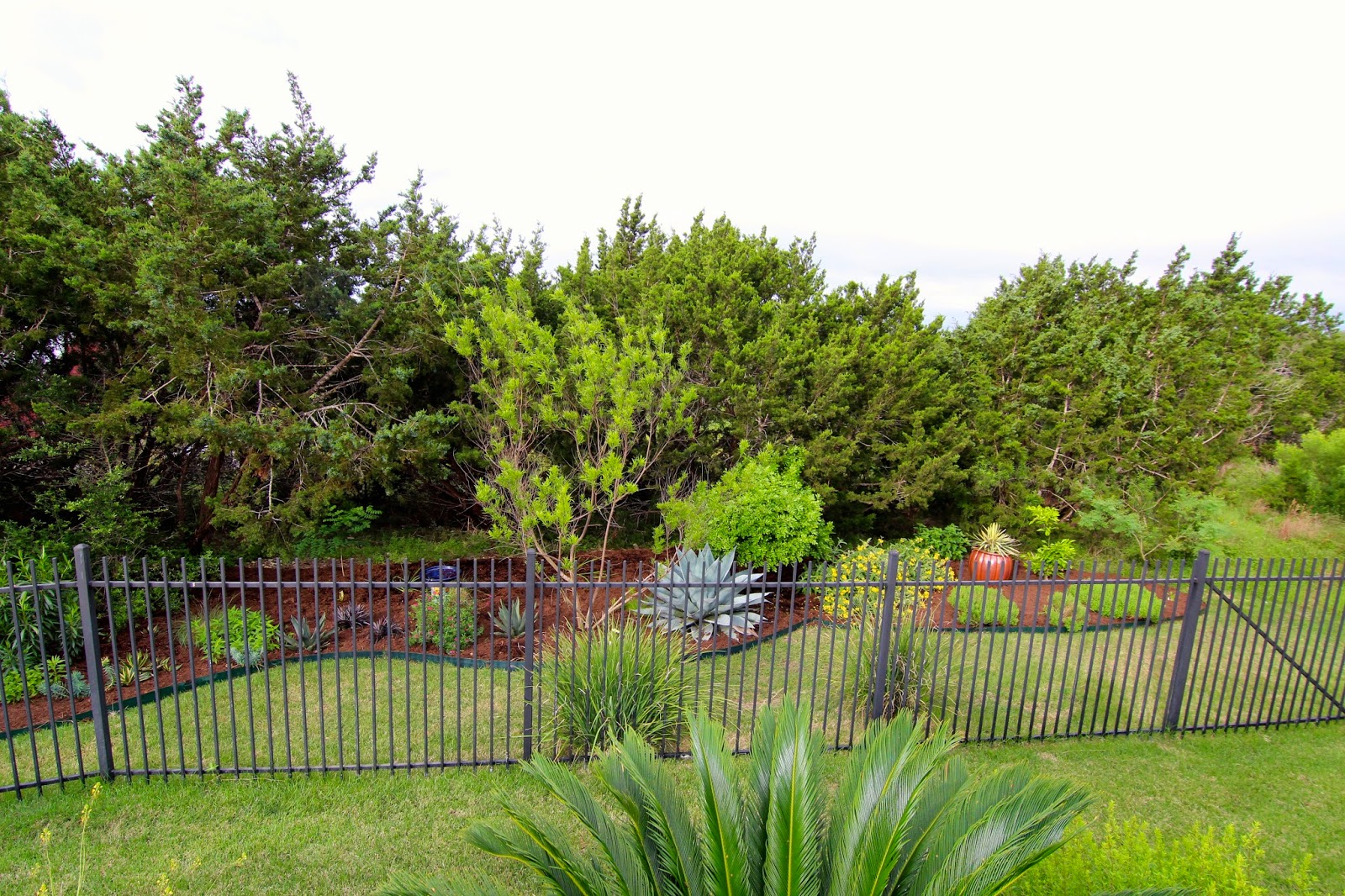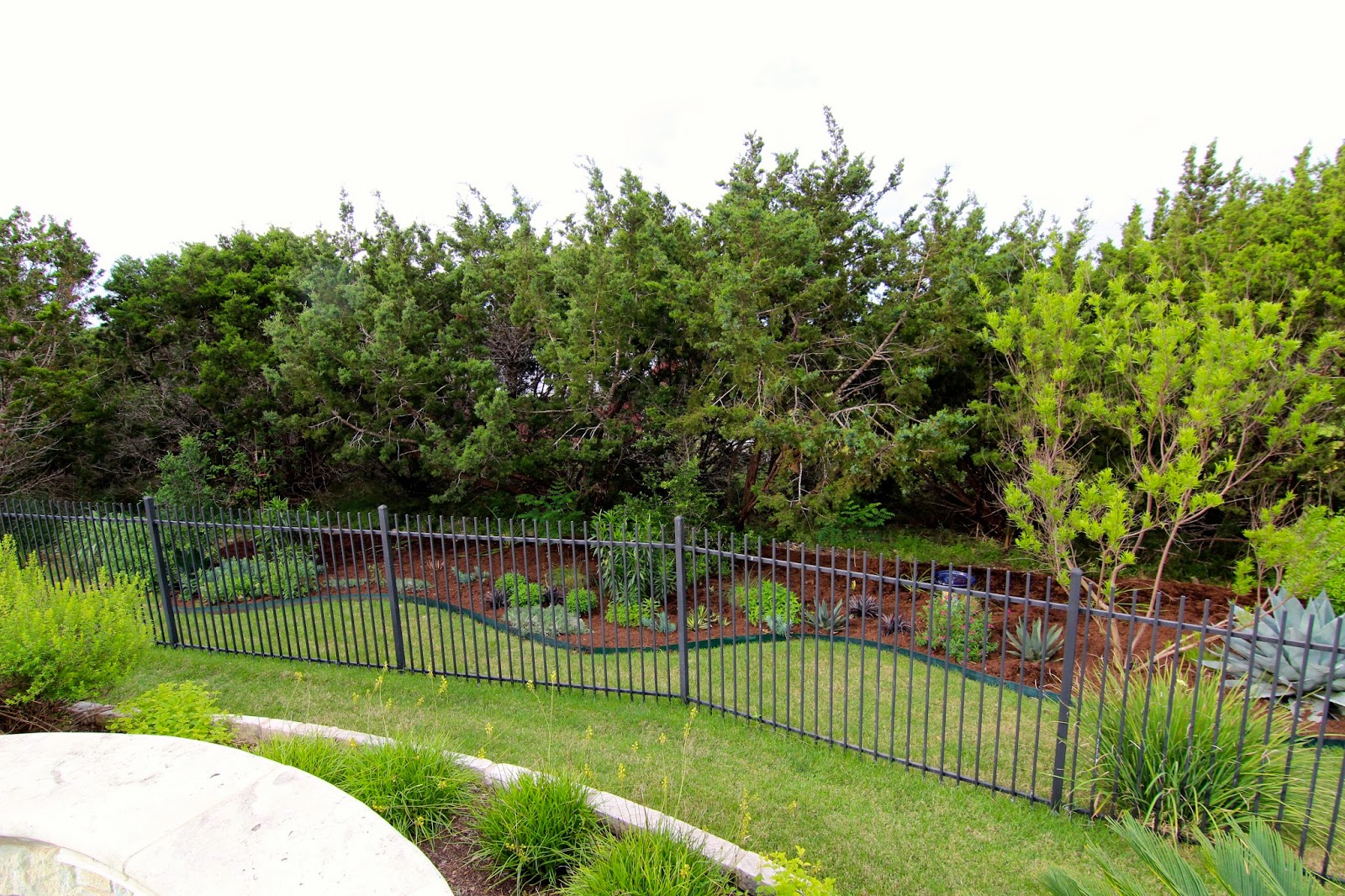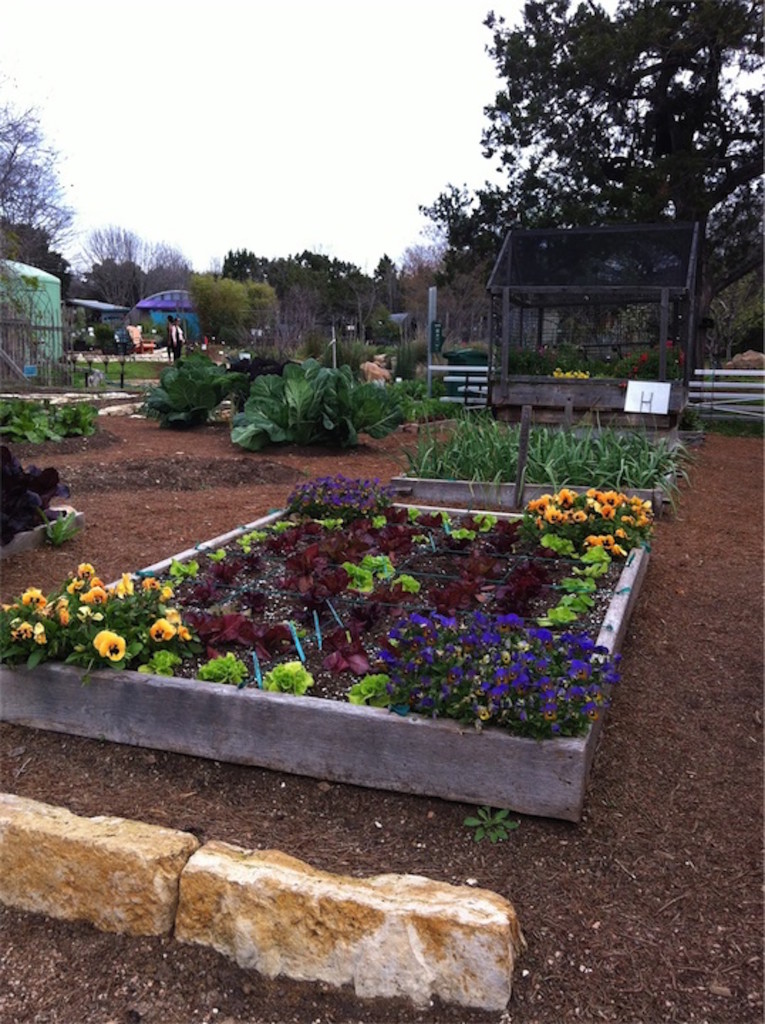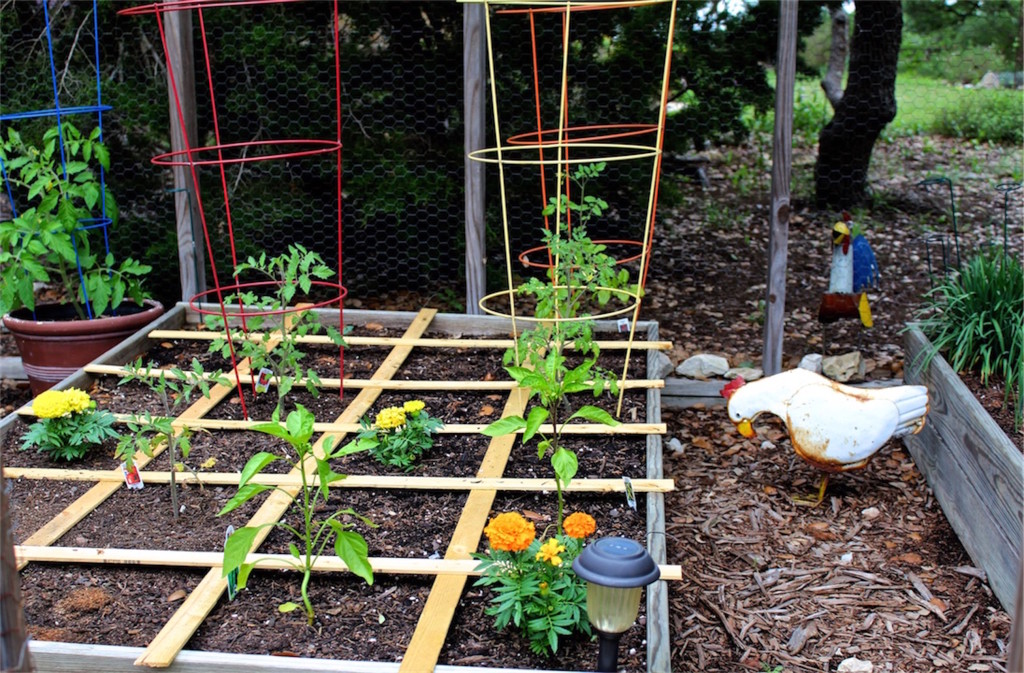Gardening with deer

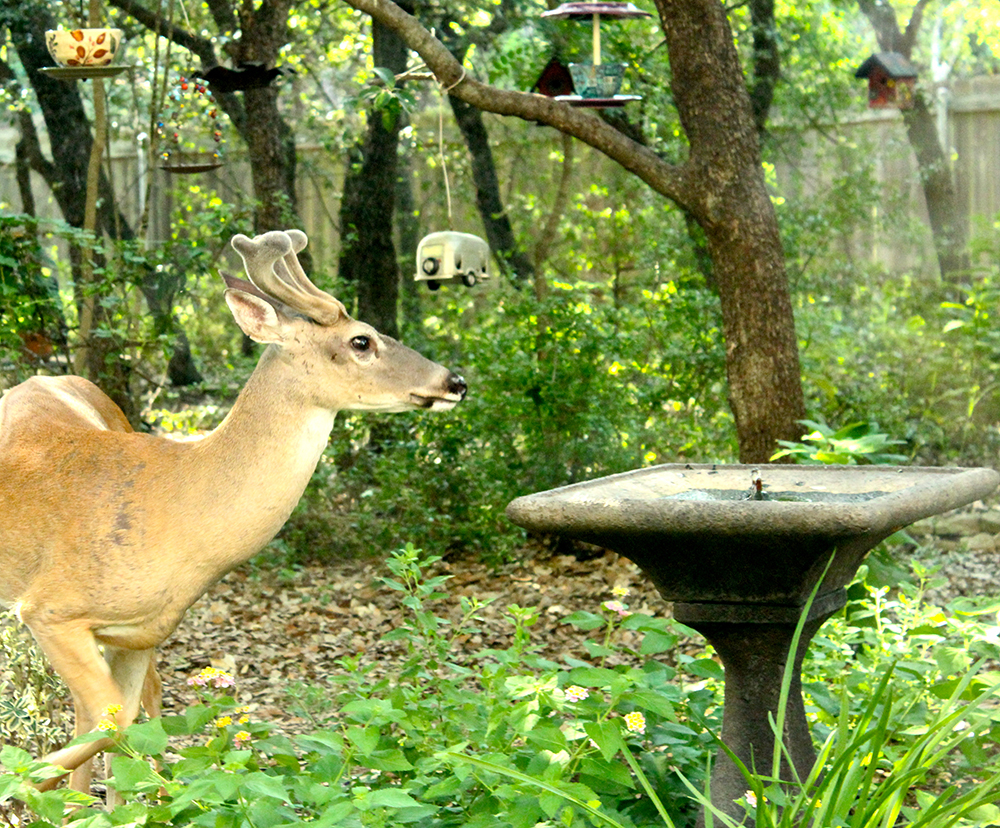
You plan, you carefully select plants, you dig (which, in our area requires a major commitment), you mulch, you water and then you stand back to enjoy your newest landscaping project.
And, the next morning you find that the fruits of your labor must have tasted like fruit to the deer that browsed your buffet the night before, leaving nothing standing but stalks.
Even though some plants are thought to be deer resistant, each and every plant, garden, year, and deer, means a different situation fraught with risk if you live and garden where deer like to play.
My advice: Buyer beware.
Encroaching development continues to remove more natural wildlife habitat around the Central Texas area. Compound that with the horrific drought and it’s tough being a deer. During stressful times like these, deer will eat almost anything. And, trust me, your garden looks awfully tempting.
First, there is no such thing as deer proof. Even with plants that deer are known to dislike and generally avoid, the smell of freshly turned soil and mulch can entice a young deer into your garden. And while the deer may not actually eat the plant, they may paw at it until it comes up out of the ground and then simply leave it lying there, roots exposed, to dry up and die before you even notice. They even pulled the same little plant out of my bed three separate times this spring.
Deer resistant plants do exist. Many of the plant characteristics common to our native plants are distasteful to deer. They tend to turn up their noses at herbs and plants with pungent scents like garlic, rosemary and mint. Textures like fuzzy or rubbery leaves often repel them. And they generally pass by plants with thick or poisonous sap. Sometimes they leave thorny or prickly-leafed plants alone…but then again, they do eat roses.
Willing to try most anything once, deer are more likely to take a chance on new growth or young plants. Deer like vegetation that is soft and has a high water content, like succulents. And they are particularly fond of blooms, even on plants whose foliage they don’t care for. How many times have you gone out to admire a bloom on a yucca that’s been safe for years, only to find the prize flower stolen from you in the dark of night?
Their palates are particularly adventurous in the spring. Once plants are established and become woodier, deer will often pass them by. For several years, they munched on the new spring growth of my Moy Grande hibiscus, but now that the plant grows as tall as me each year, they pass it up without a second glance. If you’re willing to protect some plants briefly while they are young, or reemerging each year in the spring, they may be safe once they are mature.
Even after all of these Central Texas torrential rains encouraging vegetative growth for deer in their wild habitat, a young doe was traipsing through my garden just last night. I saw her coming back from walking with the dogs. I’d seen signs of her in my beds for several days – her hoof prints sinking deep into the rain-drenched mulch. And there she was, looking at me, wondering if perhaps today I’d planted something new for her to try.
They check out my plants, but they also eat our bird seed, so don’t put feeders out where the deer might wander. I’ve seen them use their snout to tip up the feeder, letting the seed literally spill right into their mouths for dinner. I love watching the birds, so I deal with the occasional deer hijacking in the wooded area beside our house.
So, how can you limit your losses in the garden?
Erect physical barriers
Fences between 6-8 feet tall can help protect your plants, particularly if you have shrubs and trees near them to prevent deer from easily jumping the fence. Out in the country, electric fences or hotwires are often used to control animal access to property, but that’s not really an option for the average suburban homeowner.
For individual plants or trees, a small roll of flexible metal fencing or chicken wire, placed around the plants, can protect them from not only grazing, but also the antler-rubbing that male deer engage in during the rut. Just make sure the fencing is tall enough and that the perimeter is the appropriate long-deer-neck-stretching distance away from the vegetation you are protecting. Remember the phrase “low hanging fruit” and be sure you’re not leaving anything exposed.
For smaller plants, some types of netting are available that may help, but they can be a hazard to birds or other small animals who can become trapped in them. They can also make pruning and maintenance more difficult.
Make some noise
Deer have highly specialized ears, designed to hear potential predators from far away, and can turn their ears in any direction without moving their heads. They are easily frightened by loud sounds, so large wind chimes or other rattling things in the garden may scare them away.
Install motion or touch-based deterrent
If you don’t have a dog guarding your premises at night (ours spend their nights cozying up to my feet instead of earning their keep outside), consider a motion sensor to help keep the critters away. There are many different varieties available, from motion-detecting lights, radios, and water sprayers to touch-based sensors that shock the deer when they touch the sensor placed near tender plants.
Put up scent barriers
These include such things as urine, pepper spray, blood meal, rotten eggs, human hair, soap shavings, and even fabric softener sheets. You can buy prepared deer/critter repellant sprays at most nurseries – however – they have to be reapplied frequently, and always after rains or watering. There are also many home recipes available online that you can make yourself. But beware, they will make your garden stink. Whatever you do, don’t spill any on yourself!
Use plants that deer are most likely to avoid
I’m always amused by the wording used on deer resistant plant lists — frequently eaten, occasionally eaten, seldom eaten.
Do your research — use plants known to be distasteful to deer. Don’t buy an unfamiliar plant with the intent of ‘trying it’ to see if your deer will eat it. If you take that chance, you may be throwing money away. I’m always most attracted to new and interesting things at the nursery. Most of the independent nurseries that I shop at either have deer resistance printed on their labels (I love this, by the way), or their knowledgeable staff can tell you, so ask. Or, pull out your phone. My Google app has probably saved me a lot of heartache and money by making it easy to check online while standing in front of the plant.
I also keep many deer resistance lists on hand in a notebook in my office. Some of my favorites can be found at:
http://www.wildflower.org/collections/collection.php?collection=deer
http://www.klru.org/ctg/resource/deer-resistant-plants-nancy-webber/
http://aggie-horticulture.tamu.edu/archives/parsons/publications/deerbest.html
You can also find lists at local nurseries or on their websites:
Hill Country Water Gardens
If you do more searching, I recommend that you include the words Central Texas in your search so your results include web sites focused on local plants and deer.
My Top 10 Deer Resistant Perennial Go-To Plants
Which, simply put, means that no deer have eaten them in my garden in the 16 years I’ve been gardening with deer. For hundreds of other options, check some of the resources listed above.
- Blackfoot daisy
- Catmint
- Damianita
- Lambs Ear
- Lantana
- Society garlic
- Skullcap
- Salvia
- Verbena
- Zexmenia
Local Landscape Designer and Garden Coach Diana Kirby provides landscaping tips at www.dianasdesignsaustin.com and writes a garden blog at www.dianasdesignsaustin.com

